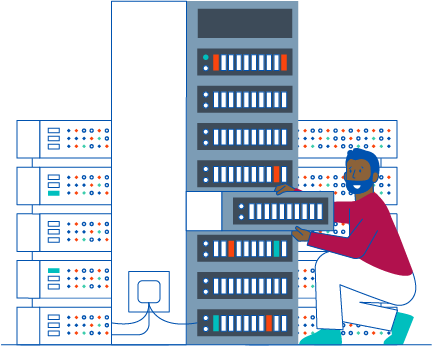What does RTO mean and how do you calculate it?

RTO, or ‘Recovery Time Objective’, outlines the reasonable period of time in which a business can adequately restore its functions following a business disruption.
This time target is based on how long a business can endure the consequences of a break in business continuity.
RTO can be measured in seconds, minutes, hours or days – though preferably the first option! – and is essential to a Disaster Recovery strategy.
How does an RTO work?
 Your RTO is the calculated timeframe between the moment a disaster hits and the time that normal business functions can be restored. It should determine just how long your company can remain operational while integral functions have been compromised.
Your RTO is the calculated timeframe between the moment a disaster hits and the time that normal business functions can be restored. It should determine just how long your company can remain operational while integral functions have been compromised.
For organisations where losses can be instant, an RTO will need to be short, with the disaster recovery period fast and responsive. Where losses are not quite as urgent, then the RTO may be longer.
For example, a financial services company, transacting large sums of money per second, would lose significant reputation and income very quickly. In comparison, a recruitment firm could operate without its systems having as dramatic an impact for a longer time frame.
Calculating an RTO
RTOs are typically calculated on an application-by-application basis, rather than a server-by-server basis. The clock starts ticking as soon as disaster strikes, and doesn’t stop until the application is fully functioning again. However, calculating the RTO is not an exact science – it essentially involves working out how long application users can manage without it, which is in itself subjective.
Consider your server loads; some servers may only have one large application, whereas others may have a plethora of smaller applications. If there are multiple apps, which one takes precedence? The most crucial will need to have the shortest RTO possible. Inevitably, the shorter the RTO, the more costly it might be to achieve; so bear that in mind when working out the relative value of reinstating an app at high speed.
RTOs are the first step in establishing a disaster recovery plan and are crucial for every business. Once they have been finalised, they can be combined with other factors such as Recovery Point Objectives to work out what recovery solutions are the best match for the business.


